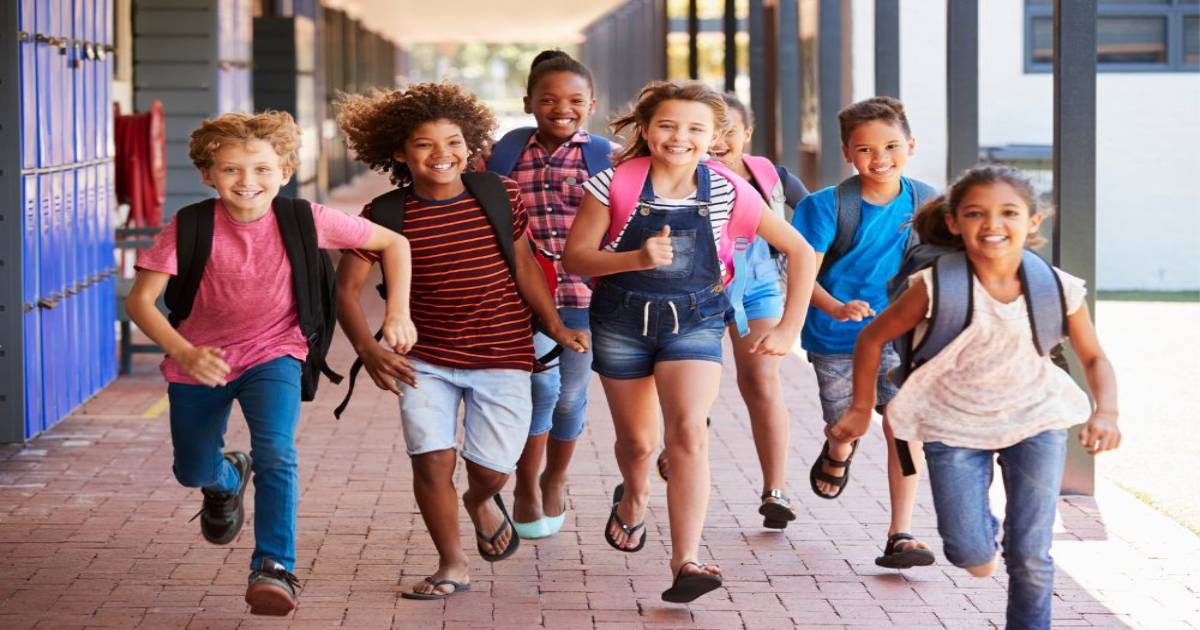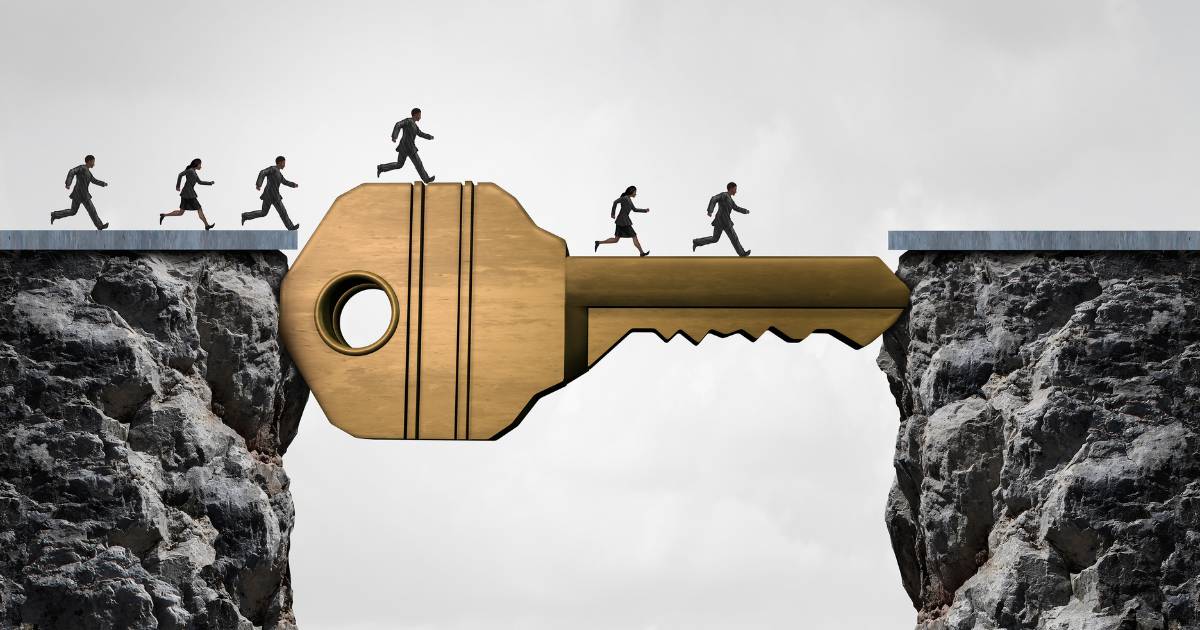Using ClearGov Capital Budgeting Software To Optimize ARPA Funding For Infrastructure *This article was updated August 8, 2024 from the original version published September 17, 2021. New information has been added to highlight the deadline to obligate ARPA funds, and how finance staff can advocate for investment in technology, like ClearGov. The deadline to obligate American Rescue Plan Act (ARPA funds by December 31st, 2024 is looming. With just months left, it’s critical for local governments to obligate this “found money” wisely to ensure it has a lasting impact. Investing in technology-related government services, such as ClearGov’s Capital Budgeting software, can help governments make informed decisions about capital planning to ensure funds are used effectively and transparently. ClearGov’s budgeting software streamlines the capital planning process, allowing for better prioritization and tracking of projects. This not only helps in meeting the ARPA fund obligation deadline but also sets up local governments for long-term success. If your local government is planning to use ARPA funds for new capital improvement projects, it may be challenging to manage that influx into your current capital improvement plan. Rather than relying on Excel and other manual processes, consider investing in ClearGov to help you budget better. If you need help making the case for ClearGov to your buying group, remind them of the obligation deadline, highlight the long-term benefits of investing in budgeting software and how it supports collaboration, and don’t forget to mention how EASY ClearGov makes onboarding! You can read more about the ARPA deadline here to make your case: The Potential of the Remaining 30% ARPA Fund Obligations for Local Governments. Have There Been Changes To The SLFRF Final Rule?There have been amendments to the SLFRF program since the Final Rule took effect on April 1, 2022. Specifically, the Consolidated Appropriations Act of 2023, enacted on December 29, 2022 included changes to the SLFRF program. The act provided additional flexibility for using SLFRF funds for natural disaster relief, transportation infrastructure, and community development. Additionally, an Interim Final Rule on September 20, 2023 clarified the obligation deadline for SLFRF funds and provided guidance for subrecipients However, the eligible uses of funds outlined in the 2022 Final Rule remain unchanged, and governments can continue to use SLFRF funds in alignment with those guidelines. What You Need To Know About ARPA FundsHere’s a breakdown of how state and local ARPA funds will be distributed. State Funding The state portion of the funding is approximately $195 billion. Of that, $25.5 billion will be distributed equally among all 50 states and the District of Columbia. A formula based on each state’s unemployment rate will determine how the remainder of the funds will be distributed. Local Government Funding The local portion of the funding is approximately $130 billion; the city portion is $65 billion, and the county portion is $65 billion. A modified CDBG (Community Development Block Grant) formula will allocate $45.5 billion to metropolitan cities (population over 50,000). The remaining $19.5 billion will be allocated to smaller jurisdictions (population under 50,000) based on population share, but will not exceed 75% of their most recent budget as of January 27, 2020. For counties, the county share of population will determine how the $65 billion will be allocated, with CDBG recipients receiving the larger share. When To Expect Funds Under ARPA, payments to local governments will be made in two tranches, with the first half occurring 60 days after enactment, and the second half one year later. Many state and local governments began receiving their first payment this summer. Deadline To Use Funds ARPA funding must be spent by the end of calendar year 2024. What ARPA Funds Can Be Spent On ARPA funds can be transformational for state and local governments in their pandemic recovery efforts. The ARPA’s guidelines for appropriate use are broad, so elected officials will have many options for using the relief funding, including:
What Funds CANNOT Be Spent On Fortunately, there are not a lot of restrictions on the use of ARPA funds. State and local governments may not use funds:
How ARPA Funds Can Be Used For Water, Sewer & Broadband Infrastructure Capital ProjectsCritical infrastructure improvements are a sound use of ARPA funds since these capital projects are non-recurring expenses. However, ongoing operating costs must be taken into consideration when planning these capital improvement projects. ARPA guidelines specify that funds used for capital projects fall into water, sewer, or broadband infrastructure improvements. General infrastructure spending is not an eligible use. Water & Sewer Uses State and local governments can use ARPA funding on a wide range of water and sewer infrastructure projects supported by the U.S. Environmental Protection Agency’s Clean Water State Revolving Fund (SRF) and Drinking Water State Revolving Fund. Under the Clean Water SRF, eligible projects include:
Under the Drinking Water SRF, eligible uses include projects around six primary categories, including:
Broadband Uses With more people working from home and some schools still conducting remote learning, investment in broadband infrastructure may be a priority for state and local governments. Like water and sewer capital projects, ongoing operating costs must be considered when using ARPA funds for broadband infrastructure improvements. The eligible uses for broadband infrastructure are extensive. Governments should prioritize “necessary” broadband infrastructure, while building or improving systems with modern technologies in mind. ARPA guidelines define necessary as, “broadband service to unserved or underserved populations to reach an adequate level to permit a household to work or attend school, and that are unlikely to be met with private sources of funds.” Unserved or underserved populations are defined as places that “lack access to a wireline connection capable of reliably delivering at least 25 Mbps download and 3 Mbps upload.” The National League of Cities has developed a more extensive overview about using ARPA funds for broadband infrastructure projects, and exact ARPA language can be found in the official Treasury FAQ document beginning in Section 6. Using ClearGov Capital Budgeting To Optimize ARPA Fund UsageARPA funds can be used on existing water, sewer, or broadband capital projects, OR can be used to start new projects. Since state and local governments have until 2024 to use ARPA funds, those wanting to use them for capital improvement projects will need to plan their capital budget several years out. Many governments still rely on legacy systems like Excel to create their capital budget. But Excel’s limitations make it error-prone, and the manual entry and consolidation is tedious and time-consuming. ClearGov’s Capital Budgeting solution was designed to overcome these limitations by automating and streamlining the entire capital process, from start to finish. ClearGov makes capital budgeting as easy as 1-2-3:
One of the main advantages of ClearGov is the ability to produce multi-year, multi-scenario plans with ease. No more creating multiple Excel spreadsheets to compare plans, manually manipulating data, and struggling to get council members to understand how each potential plan impacts the rest of the budget. With ClearGov, you can automatically create multiple scenarios over multiple years in order to easily identify the optimal use of ARPA funds. The software also generates visually engaging graphics so stakeholders can easily see how ARPA funds are allocated in each scenario, and how the plan will impact the overall budget. Budget Better with ClearGovWhether your government has already received its ARPA payment, or you’re still patiently waiting, early planning is key in order to make the most of your funds by the 2024 deadline. If you’re planning to use funds for capital improvements and you’re still using legacy systems like Excel, schedule a quick ClearGov demo to see how our Capital Budgeting solution can help you budget better and optimize your ARPA usage. To see an example of how a local government is allocating funds and using ClearGov to communicate those plans with constituents, check out the city of Malden, MA’s Transparency page. |












